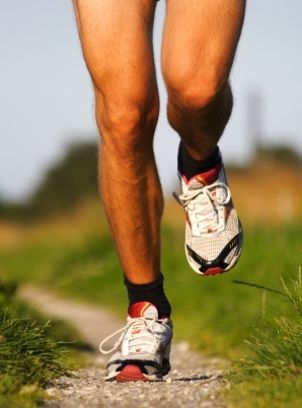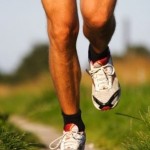One of the first things to do when looking to buy a new running shoes, is to know you run. It’s important to determine where a person first comes in contact with the ground. Is it the outside of the heel? Is it at the inside of the forefoot?
If the point of initial contact is mainly through the forefoot (as for many athletes and sprinters), then there’s not a lot of shoe needed behind the forefoot. Why would you want to have a lot of cushion in the heel when you’re not going to spend any time there anyway?
If you’re a forefoot runner, you should be wearing a running shoe, which has most of its cushion in front. If you run from heel to toe, then look for a shoe that has more cushion in the back.
It is also a good idea to go show shoe shopping in the evening when the feet tend to swell to make sure you get a shoe that is not too tight. You should also have both feet measured and select the size that fits the bigger foot. Lastly, bring along you running socks to try on new shoes with, so you will know what to expect when running.
Be sure to identify any injuries you have developed from running, as well. Problems like shin splints, blisters, tendonitis, and plantar fasciitis often can be reversed with the proper fitting running shoes.


